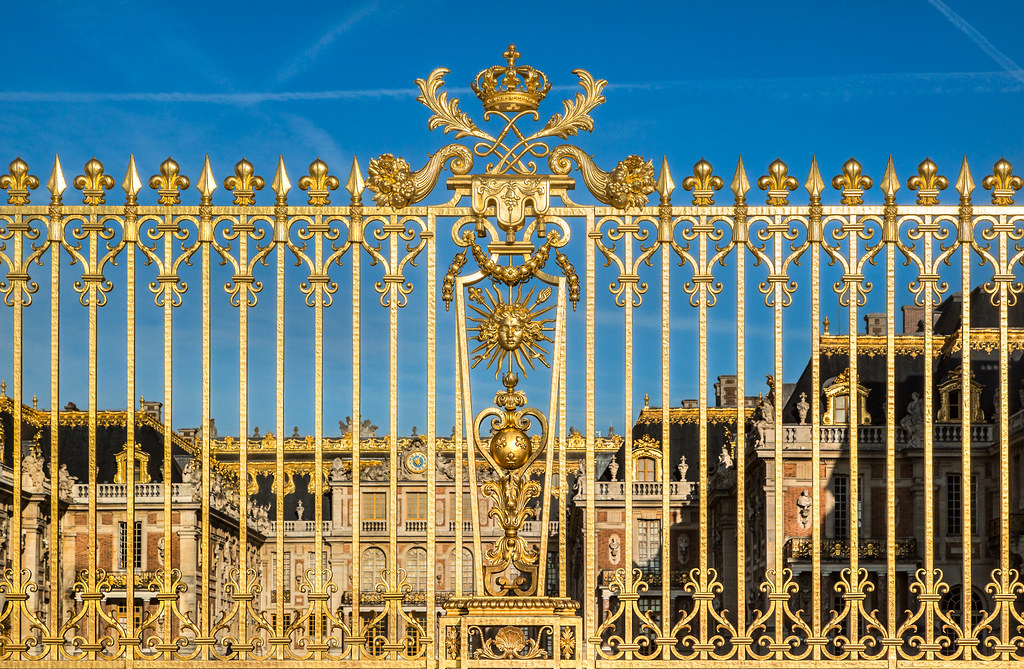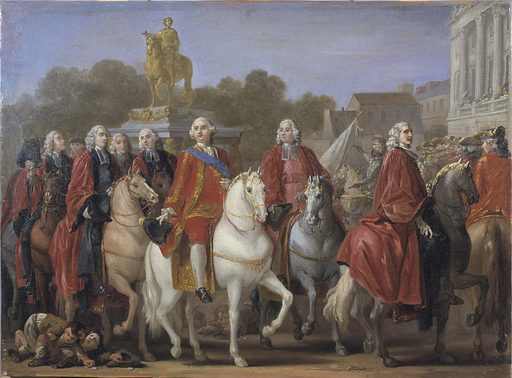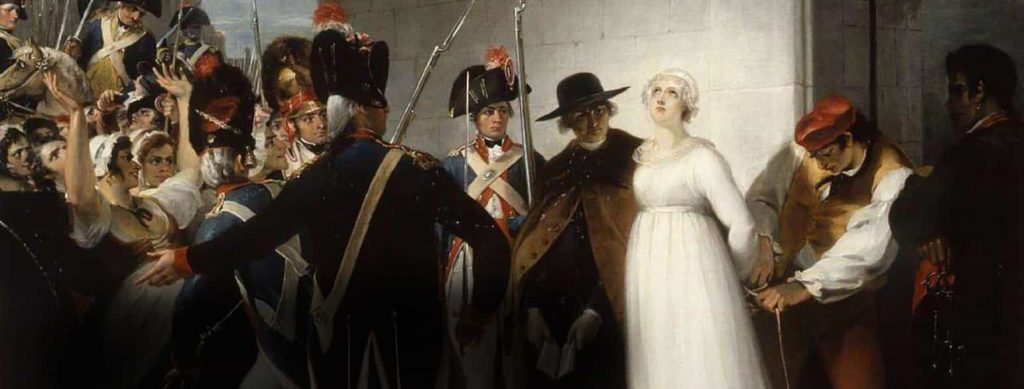Versailles, the epitome of grandeur and opulence, stands as a testament to the power and prestige of the French monarchy. Nestled in the outskirts of Paris, this iconic palace has witnessed the reigns of 3 kings and queens. Join us on a chronological journey as we unravel the stories of each King and Queen that ruled at Versailles.
Louis XIV: The Sun King (September 5, 1638 – September 1, 1715)
Louis XIV, known as the Sun King, ascended to the throne of France at the tender age of four. He marked his reign, which spanned over seven decades, with unparalleled grandeur and power. Louis XIV envisioned Versailles not just as a palace, but as a symbol of absolute monarchy and French supremacy. Under his rule, which from 1643 to 1715, Versailles went from a small hunting lodge to the biggest palace in Europe. He filled it with incredible rooms like the Hall of Mirrors and the Royal Chapel. After 1682, it also became the main residence of the Kings of France.

Queen Marie-Thérèse: The Faithful Consort (September 10, 1638 – July 30, 1683)
Marie-Thérèse, wife of Louis XIV, played a pivotal role in the splendor of Versailles. As queen consort, she brought grace, dignity, and devout faith to the court. Marie-Thérèse’s unwavering support for her husband’s endeavors helped solidify his rule and elevate the prestige of Versailles. Her impact reached far beyond the palace walls, leaving an indelible mark on the cultural and social landscape of France during her time as queen consort. Queen at the age of 22, in 1660, she died one year after moving to Versailles, in 1683.
Louis XV: The Diplomatic Monarch (February 15, 1710 – May 10, 1774)
Louis XV, succeeding his illustrious predecessor, inherited a kingdom poised on the brink of change. During his reign, Versailles flourished as a hub of diplomacy, culture, and intellectual exchange. Louis XV’s patronage of the arts brought forth a golden age of French literature and philosophy, with the palace serving as a beacon of enlightenment. King from 1715 to 1774, he is mostly known for having built the private apartments of the kings, as well as the Opera.

Marie Leszczyńska: The Matron of Modesty (June 23, 1703 – June 24, 1768)
Marie Leszczyńska, as queen consort to Louis XV, brought a sense of modesty and compassion to the court of Versailles. Renowned for her charitable endeavors and simple lifestyle, she endeared herself to the French people and provided stability during a time of political and social change. She was queen of France from 1725 to her death in 1768.
Louis XVI: The Ill-Fated Monarch (August 23, 1754 – January 21, 1793)
Louis XVI was born on August 23, 1754, ascending to the throne at a time of growing social unrest and financial instability. As a result, he wasn’t able to put his mark on the palace, instead focusing more on political reform. Becoming king in 1774, his inability to navigate the changing political landscape and reconcile the demands of the people with the entrenched privileges of the aristocracy ultimately led to his downfall. On October 6, 1789, he was forced to leave Versailles, and move back to the Louvre. Louis XVI would spend four years here until he was publicly executed via guillotine on January 21, 1793.
Marie Antoinette: The Queen of Controversy (November 2, 1755 – October 16, 1793)
Marie Antoinette, with her extravagant lifestyle and perceived indifference to the plight of the French people, epitomized the excesses of Versailles during the twilight years of the monarchy. Despite her efforts to adapt to the changing political landscape, she became a lightning rod for revolutionary fervor. Queen of France from 1774 to 1792, she followed her husband’s fate : forced to leave Versailles in 1789, imprisoned in 1792, and executed by guillotine in 1793.

After Louis XVI and Marie-Antoinette left in 1789, Versailles was abandoned for almost 50 years, until it became a museum in 1837, that celebrates both the legacy of the kings and queens of France, as well as those who came after : the Revolution and Napoleon.
If you want to discover more things about Paris, you can see our video on YouTube !
If you want to book a tour with My Private Paris: click here.
Article written by Sarah







